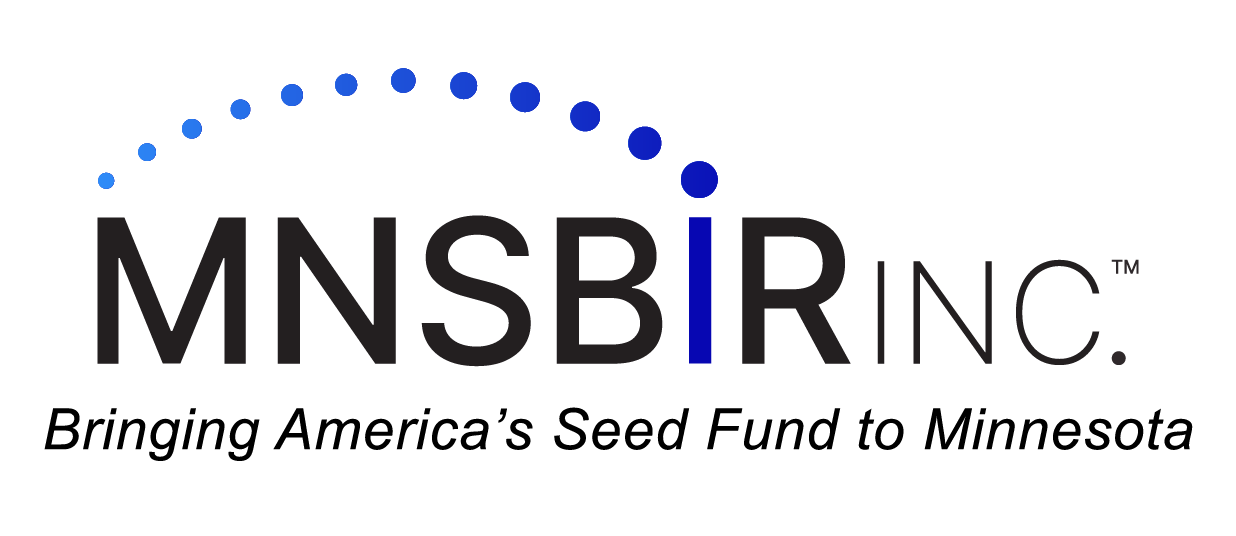Technology Transfer Opportunities
How does technology licensing fit with the SBIR/STTR funding sources?
Licensing technologies is a great way to deliver value in the marketplace by offering new proprietary products and services that generate revenues. However, bridging the funding gap to commercialize the technology is a huge hurdle for many startups. For many startups, SBIR/STTR funding is leveraged to accelerate commercialization of the licensed technology and is often augmented through outside investments (angels, venture capitalists, etc.).
Sources of technologies available for licensing include:

